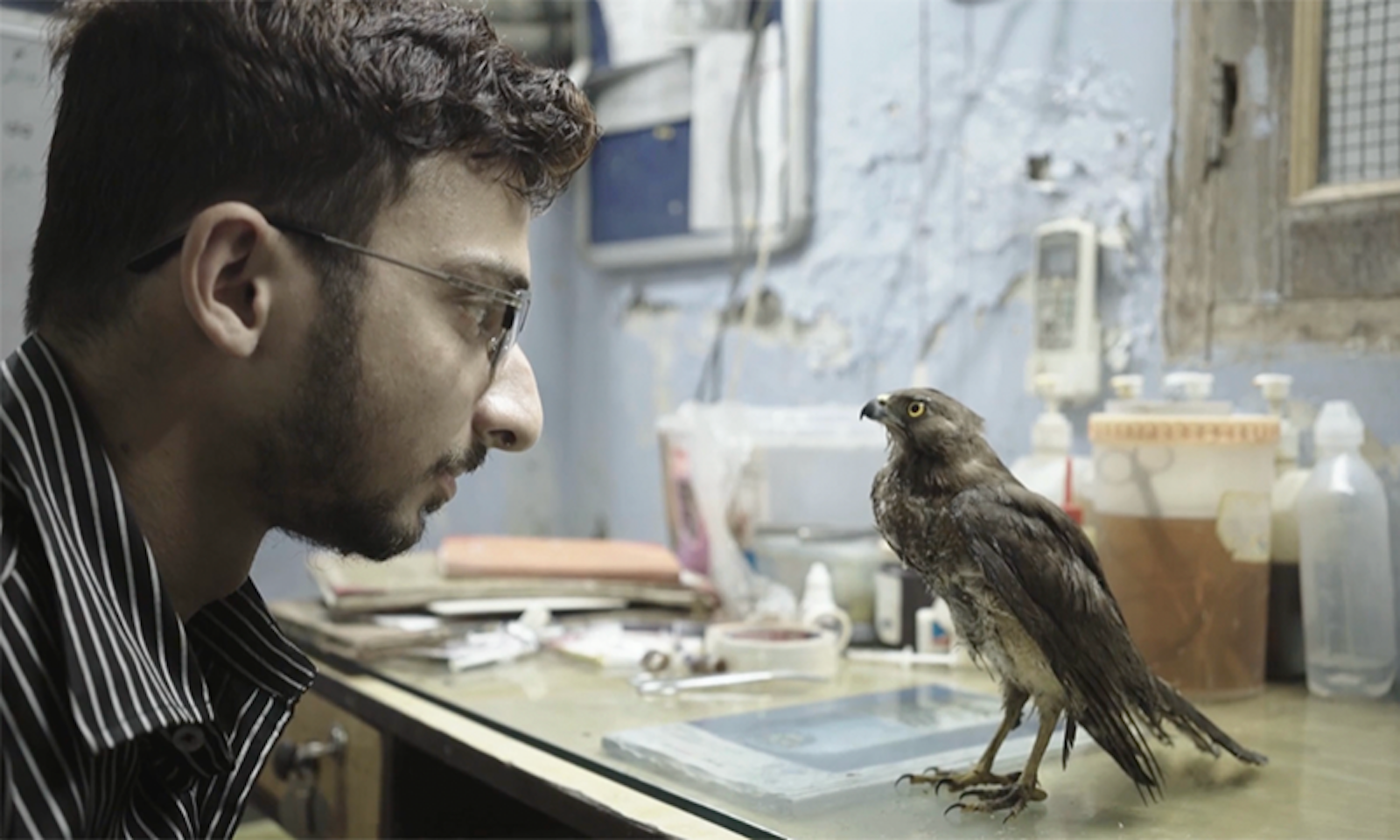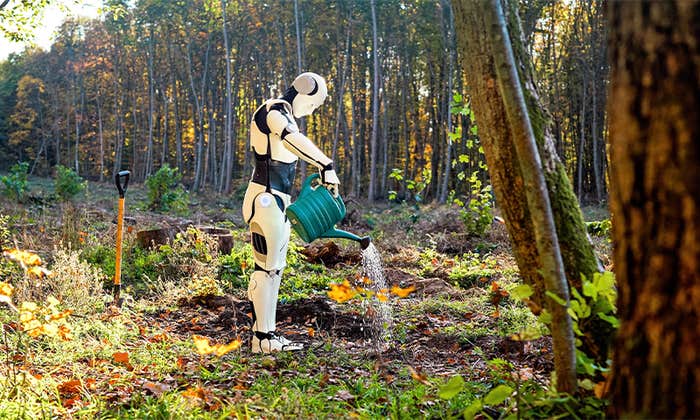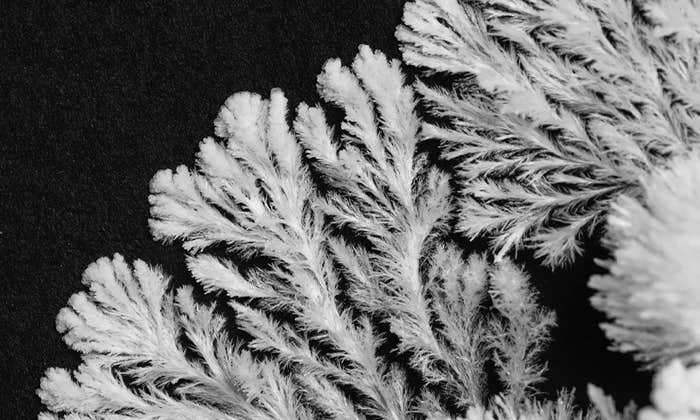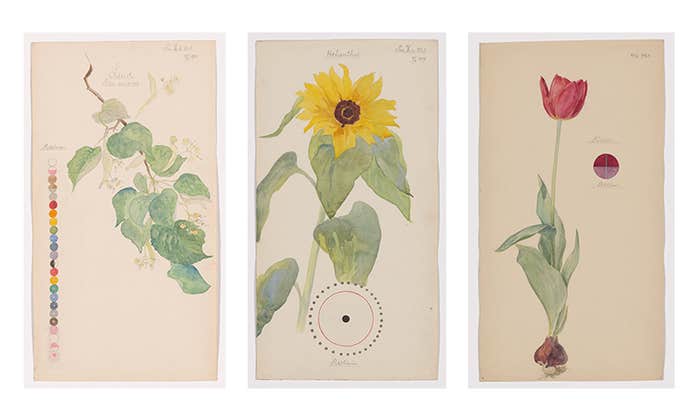High above Delhi, India, black kite raptors glide across the polluted sky. The birds of prey seem to float rather than fly, as though drunk on the foul air. But lately the raptors have also begun plunging to Earth with regularity. Scores of them fall out of the sky each day, poisoned by the polluted air, or wounded by toy paper kites flown by residents of the city, who use kite string dipped in glass to undercut one another in competitions.
The raptors, and their place in a rapidly evolving urban ecosystem, play a starring role in a recently released documentary All That Breathes. The film follows two brothers, Nadeem and Saud, who become so obsessed with saving the birds that they put their own lives in jeopardy. The brothers are not trained as scientists, but use their knowledge of body building, physics, and other disciplines to find creative ways to save the birds, against all odds. “Life itself is kinship,” says Nadeem in the film. “We are a community of air. That’s why we can’t abandon the birds.”
“I’ve really learned how important it is to go for the emotional heart of a story.”
The first film ever to win best documentary at both the Cannes Festival and Sundance Film Festival, All That Breathes is as much art, philosophy, and poetry as science. The central scientific ideas at the core of the film are subtle—that humans and non-human animals are inextricably entangled, that wildlife sometimes adapts to devastated urban landscapes in tragic and unexpected ways, that one scientific discipline can be used to inform the practice of another. But the narrative is driven by a very human kind of madness: hope as the antidote to despair.
All That Breathes, produced by HHMI Tangled Bank Studios, a nonprofit arm of the science philanthropy Howard Hughes Medical Institute, represents an evolution in science documentary filmmaking. To attract bigger, younger, and more diverse audiences, producers and directors have moved from science explainers, once the bane of high school science classes, to narrative features filled with human drama. That evolution mirrors Tangled Bank’s own.
“I’ve really learned how important it is to go for the emotional heart of a story,” says Tangled Bank executive producer Sean B. Carroll, an American evolutionary developmental biologist, author, and the head of HHMI Tangled Bank Studios. “When we find that, we’ve got a qualitatively different film. Great storytellers can elevate a story to something that is both art and science.”
Tangled Bank, which celebrated its 10th anniversary in 2022, is named for a line in Darwin’s On the Origin of Species: “It is interesting to contemplate a tangled bank, clothed with many plants of many kinds, with birds singing on the bushes, with various insects flitting about …” Ecology, the science of interconnections, forms a philosophy of the studio, whose projects, based on the power of stories, underscore the inherent role of science in our lives and societies. (Tangled Bank previously partnered with Nautilus to produce an animated series about scientists’ formative inspirations, which was featured in the Spark of Science channel.)
“The blind spot that scientists have is that communicating science is about information transfer,” Carroll says. In its early days, Tangled Bank was interested in packing as much science into each film as possible. But today the studio aims to communicate a minimal number of big concepts clearly and with punch. It has been a learning process, says Carroll. When Tangled Bank set out to make the 2018 film The Serengeti Rules, based on Carroll’s book of the same name, director Nicolas Brown was presented with a list of 10 science concepts that had to fit into the movie, he says. Only one of the 10 made it in.
Falling in love with nature helped a group of scientists see things others missed.
“At one point, basically we said, ‘What is this film about?’” says Brown. “We had tons of great stories that went in all directions from these scientists; you know, curios of nature. But we settled on this kind of very simple three-act structure: downgrading, upgrading, rewilding.” The world’s ecosystems had been downgraded by human interference. Some of these systems could be upgraded or fix themselves. Humans could reverse downgrading through rewilding, replacing species that have been lost.
“Language is so important in documentary because you actually have so few words relative to a book,” says Brown. Those words can’t be technical or complex because there isn’t room to explain. Brown recalls that it took a long time to identify these conceptual building blocks. “We had Ph.D.s explaining things to us. So much time went into discussing and discussing, and interviewing again, trying to find the simplest way to explain complex ideas.”
Brown also put a spotlight on the inner lives of the scientists. This was a challenge, because most of the discoveries the film explored were decades old. To bring their early work to life, Brown decided to film dramatic reconstructions. “That was very uncomfortable at the time, but it worked,” says Brown. The emotional drama at the center of a film, he believes, is the notion that falling in love with nature helped a group of scientists see things others missed, which ultimately led to key breakthroughs in scientific thinking.
All That Breathes epitomizes Tangled Bank’s evolution. (It’s opening in select theaters; it premieres in 2023 on HBO.) Director Shaunak Sen spent three years filming the brothers’ day-to-day lives and efforts to save the raptors without any script and minimal on-screen interviews. (The first year was spent just trying to get the brothers habituated to the camera so they could act naturally.) The intimate scenes that resulted were then combined with arresting images of the abundant wildlife that soar and scurry through Delhi’s urban landscapes and dumps to create an impressionistic narrative. The final result reads more like a feature film than a documentary.
“We need to broaden the definition of how we think of a science film,” Sen says. Many people see it as exclusive of everything that is beautiful and creative, poetic and cinematic, but these categories are intertwined. “Science,” says Sen, “also has a purchase on the necessary poetry of things.” ![]()
Kristen French is an associate editor at Nautilus.
Lead image: Still from All That Breathes. Courtesy of HHMI Tangled Bank Studios.


























